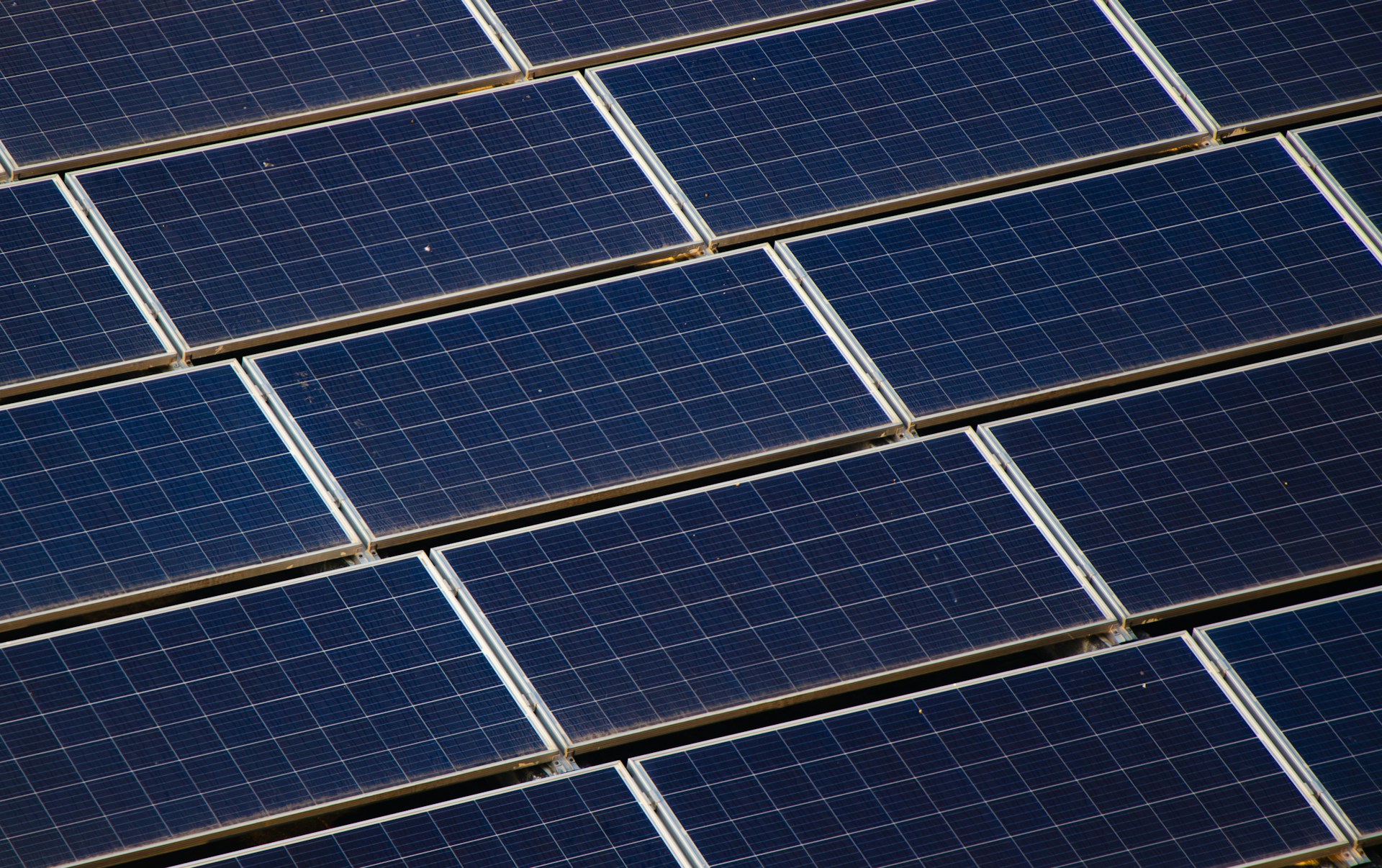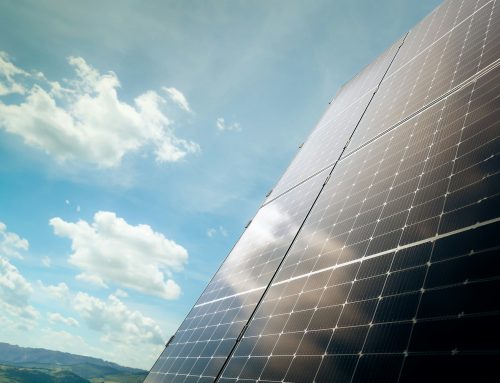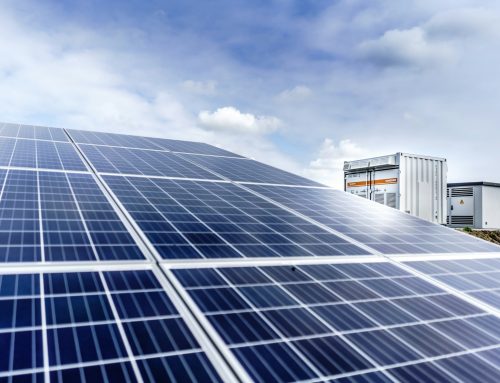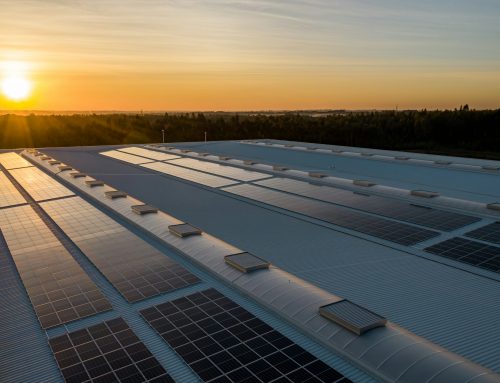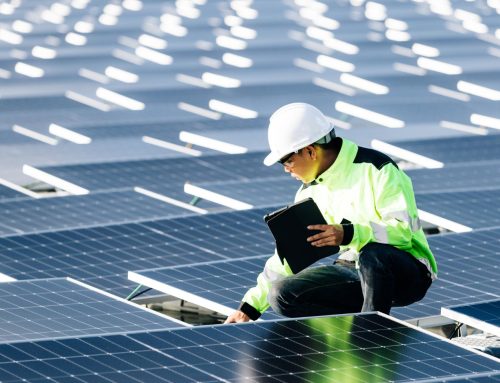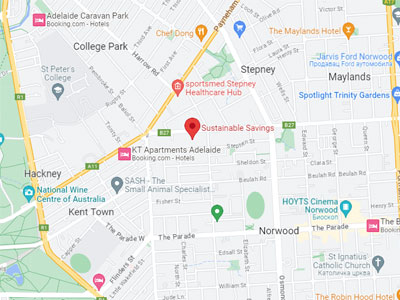If you’re looking into solar options for your Adelaide business, there’s a good chance you’ve come across the term photovoltaic systems. These systems convert sunlight into usable electricity, helping businesses reduce both energy costs and environmental impact. With several types of commercial photovoltaic systems available, it’s important to understand which one aligns with your property, budget, and energy use.
Thanks to Adelaide’s generous sunshine levels, it’s an ideal place for tapping into solar energy. But choosing the right system is about more than just picking any panel and hoping for the best. the ideal system depends on factors like roof space, building design, energy usage patterns, and long-term performance goals. Whether you’re managing a warehouse, office block, retail centre, or industrial facility, understanding your options is key to making a choice that delivers.
Monocrystalline Solar Panels
Monocrystalline panels are regarded as the most efficient option on the market. These panels are created from a single silicon crystal, giving them a sleek black appearance and allowing for reliable performance—even in low-light conditions. Their efficiency makes them suitable for commercial settings where high energy output is a priority and roof space may be limited.
Reasons monocrystalline panels suit commercial use:
1. High energy conversion efficiency
2. Ideal for installations with limited roof space
3. Sleek appearance, good for visible locations
4. Proven longevity and low degradation over time
5. Strong performance in mixed or low-light settings
While they come at a higher price point upfront, their long-term output often justifies the investment. For businesses aiming for maximum efficiency from minimal panel space, this option is a solid contender.
Polycrystalline Solar Panels
Polycrystalline panels are created by melting fragments of silicon together, which contributes to their characteristic blue, speckled look. They tend to be less expensive to produce, which translates into a more affordable option for commercial installations.
Polycrystalline panels may be a better fit if:
1. Your business has a large amount of roof space
2. A lower upfront cost is a priority
3. Peak usage occurs during sunlight hours with minimal evening demand
4. Aesthetic appearance isn’t a critical concern
Although they are less efficient than monocrystalline panels, their lower cost can make them attractive to businesses with bigger roofs and moderate energy demands. That said, larger installations may be needed to match the energy output of their higher-efficiency counterparts, so the available space is a critical factor.
Thin-Film Solar Panels
Different from traditional silicon-based panels, thin-film solar panels consist of photovoltaic materials layered onto surfaces such as metal, plastic, or glass. These panels are known for their light weight and flexibility, which gives them specialised uses in some commercial environments.
Where thin-film panels excel:
1. Lightweight design works well for roof structures with weight constraints
2. Flexible installation, suitable for irregular surfaces or non-flat roofs
3. Consistent aesthetics across wide surfaces
4. Better performance in partially shaded conditions
Despite these advantages, thin-film panels generally have lower efficiency and a shorter lifespan, which may mean a larger surface area is needed to meet energy goals. They’re most effective for specific roofing challenges where traditional panels are not suitable.
Bifacial Solar Panels
Bifacial panels are designed to absorb sunlight from both the front and the back. This means that reflected light from the ground or surrounding surfaces contributes to energy generation. These panels are increasingly being used to improve total output without needing more space.
Advantages of bifacial panels include:
1. Utilise reflective surfaces for additional energy generation
2. Higher efficiency without requiring extra panel area
3. Durable and often built with high-quality materials
4. Particularly effective in ground-mount systems with reflective base layers
However, to deliver their full potential, proper placement is critical. The panels need minimal obstruction underneath them to allow light reflection. Installation costs can be slightly higher due to the need for custom racking and spacing, but for sites set up to take advantage of these features, the energy gains can more than make up the difference over time.
Building-Integrated Photovoltaic Systems (BIPV)
BIPV systems merge the look and function of solar panels with the actual structure of a building. Solar cells can be integrated directly into rooftops, curtain walls, or windows, making them part of the design rather than an added-on feature.
Benefits of BIPV systems:
1. Streamlined integration into building architecture
2. Efficient use of space, as energy-generating elements replace standard materials
3. Enhanced modern appearance for commercial buildings
4. Could lower costs on building materials if replacing cladding or roofing
These systems are particularly suited to new commercial builds or major renovations, where solar elements can be designed into the construction plans. Although BIPV systems involve a more complex design and installation process, the dual benefit of aesthetics and power generation is appealing to many forward-thinking businesses.
Choosing the Right Photovoltaic System for Your Business
Finding the ideal commercial photovoltaic system starts with an honest assessment of your property and operations. Your current and future energy usage, physical space, roof structure, budget, and aesthetic goals should all factor into the decision process.
Points to assess when choosing your system:
1. Roof structure: Consider available space, tilt, material, and shading
2. Budget: Weigh upfront costs against annual savings and long-term returns
3. Business type: Think about how much energy your operations consume
4. Design features: Factor in whether you want hidden, visual, or design-integrated panels
5. Local climate: Adelaide has plenty of sunshine, but consider shading, dust, and heating
For the most effective outcome, many businesses benefit from working with solar professionals who can assess your specific site and create a customised plan.
Maximising Savings with Commercial Photovoltaic Systems
Installing solar isn’t just a green decision—it’s a smart financial move. By generating your own electricity, your business can lock in lower operating costs and hedge against rising energy prices over time.
Ways commercial photovoltaic systems bring savings:
1. Lower energy bills by generating on-site power
2. Reduce peak demand charges from energy providers
3. Benefit from Adelaide-based solar incentives and rebates
4. Increase property value and appeal with energy-efficient upgrades
Some systems, like bifacial or monocrystalline panels, may produce more electricity per square metre and deliver greater returns over their lifespan. By also taking advantage of government programs available in South Australia, businesses can offset much of the initial investment.
Ensuring Long-Term Performance and Reliability
To get the best return from solar systems, ensuring consistent performance is key. That begins by choosing panels and inverters with proven reliability and strong warranties. Sustainable Savings works with manufacturers known for quality and long-term support.
Keeping your system reliable:
1. Commit to scheduled inspections to catch early issues
2. Clean panels periodically based on the site’s dust or debris exposure
3. Choose certified installers for compliant and professional setups
4. Monitor system performance through tracking tools or apps
Ongoing professional support ensures that maintenance is handled properly, preserving the value of your solar investment year after year.
Harnessing Solar Power for a Sustainable Future with Sustainable Savings
The right commercial photovoltaic system can be a powerful asset for your business. Whether it’s high-efficiency monocrystalline panels, cost-effective polycrystalline, versatile thin-film, light-capturing bifacial options, or seamless BIPV systems, understanding the choices lets you pick what works best.
Adelaide’s sunny climate presents a real opportunity for energy independence. With a carefully selected solar solution backed by professional guidance, your business can lower energy costs and align with sustainability targets. At Sustainable Savings, we support South Australian businesses in finding and installing efficient, future-proof solar technologies tailored to each unique site.
Ready to make the switch to solar power that suits your business needs? At Sustainable Savings, we specialise in commercial photovoltaic systems designed to help Adelaide businesses maximise efficiency and long-term energy savings. Let us guide you on the path to energy independence for a sustainable future. Reach out to us today!

